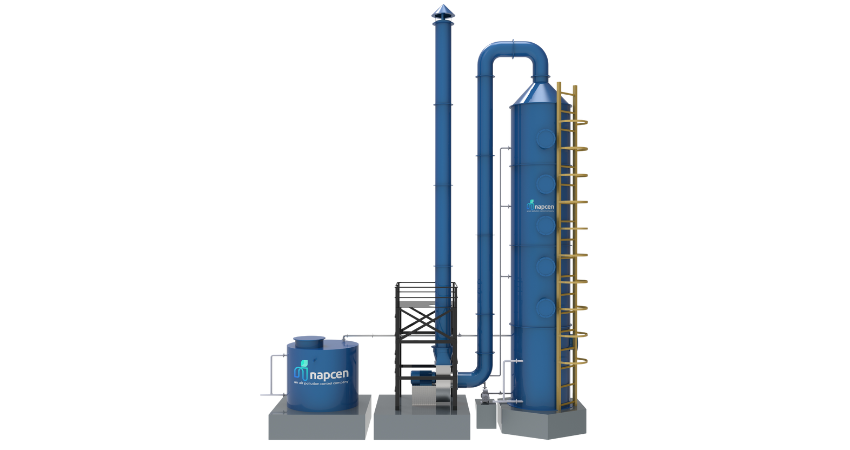
Ammonia Scrubber
An Ammonia Scrubber is a specialized air pollution control device used to remove ammonia (NH3) gas from industrial processes, air emissions, or wastewater. Ammonia is a common pollutant in various industries, and scrubbers are employed to prevent its release into the atmosphere or water bodies, as high ammonia concentrations can have detrimental effects on the environment and human health.

